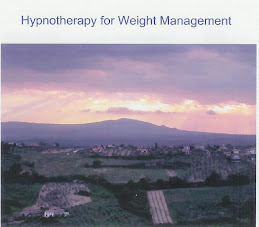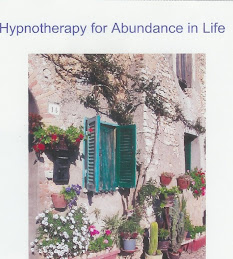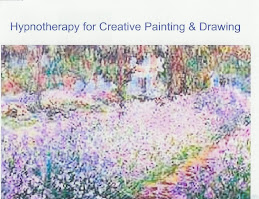AnxietyBlog #1
Welcome to the Anxiety Blog. So you have symptoms, sensations... like tingling in hands, feet, arms, legs; upset,”butterfly stomach”; tight chest, feels like you can’t catch your breath, we feel our heart race, breathing is high in the upper chest and shallow, hands, we sweat, our neck and face become red, we can’t think, concentrate or focus, access to memory is limited.
Essentially we feel awful.
What is really going on in our bodies?
ALL of these symptoms are simply a result of not enough oxygen in our system.
The key to lowering stress and getting rid of anxiety reactions is simply getting more oxygen in the body.
The simple fact is: You cannot be excited, anxious and fearful, and at the same time that you are relaxed, calm and peaceful. (Try it. Try to feel those two groups of emotions at the same time. It simply is impossible. The body cannot do this.)
How do we get more oxygen in the body when we need to, or choose to be, more calm and relaxed?
The following Relaxation Breathing exercise is the answer. You can choose to be as calm and relaxed as you wish, when you wish, anytime, anyplace. You can be in control of your level of relaxation.
You have a muscle that crosses your body, beneath your lungs, called the diaphragm. When you breathe in this muscle pulls down, drawing air into the lungs like a bellows or a plunger. This muscle helps you take air into your lungs. When you walk fast, or run, or do physical work, you can feel this muscle automatically kick in, and you feel your belly expanding so you can inhale more air. This happens normally and naturally. This is the natural breath you were born with.
Learning to use this muscle with each deep breath is the key to your relaxation.
Follow this exercise and learn how to be a more relaxed and calm
person, as relaxed and calm as YOU choose to be.
Once you know how, this Relaxation Breathing exercise should be practiced 6-8 times per day, until it once again becomes automatic, natural, the breath you are born with. Practice at bedtime to use it to fall easily asleep. Use anytime, anywhere, whenever you feel the slightest feeling of stress. Good times to practice: standing in line at the store, at a stop light in your car, in the waiting room of an office, on commercial breaks while watching a movie.
Relaxation Breathing Exercise: Sit or lye down, make yourself comfortable. Place one or both hands on your belly, just above your naval, and below your rib cage, start your breath here.
Take a Deep breath, allow your belly to initiate or start the breath. Allow your belly to fully expand with your intake of breath. You may notice your lower back expanding slightly as you inhale.
Then on the exhale allow your belly to gently push the air out of your lungs. Allowing the belly to start and gently force the air back out of your lungs.
Notice that with your hands on your belly you can feel your belly expand on the inhale and contract on the exhale. As you breathe deeply and slowly, simply observe and feel your belly gently move in and out.
Repeat this exercise for 10 Breaths. Practice for 10 breaths every night at bedtime.
This will help you fall asleep. Also use daily many times, 6-8 times a day.
You can use this breathing technique to reduce stress and anxiety wherever you are, whatever you are doing. Use it sitting, standing, walking, driving, sitting at a stop light, waiting in line…
The more you use it, the better it works. The more you use it the faster it works.
The more you use it, the less likely you are to have an episode of anxiety, panic or stress.
The more you use it, the body and mind learns to quickly and immediately go into relaxation.
Remember: the body cannot be excited, anxious and fearful, at the same time it is relaxed, calm and peaceful.




















No comments:
Post a Comment